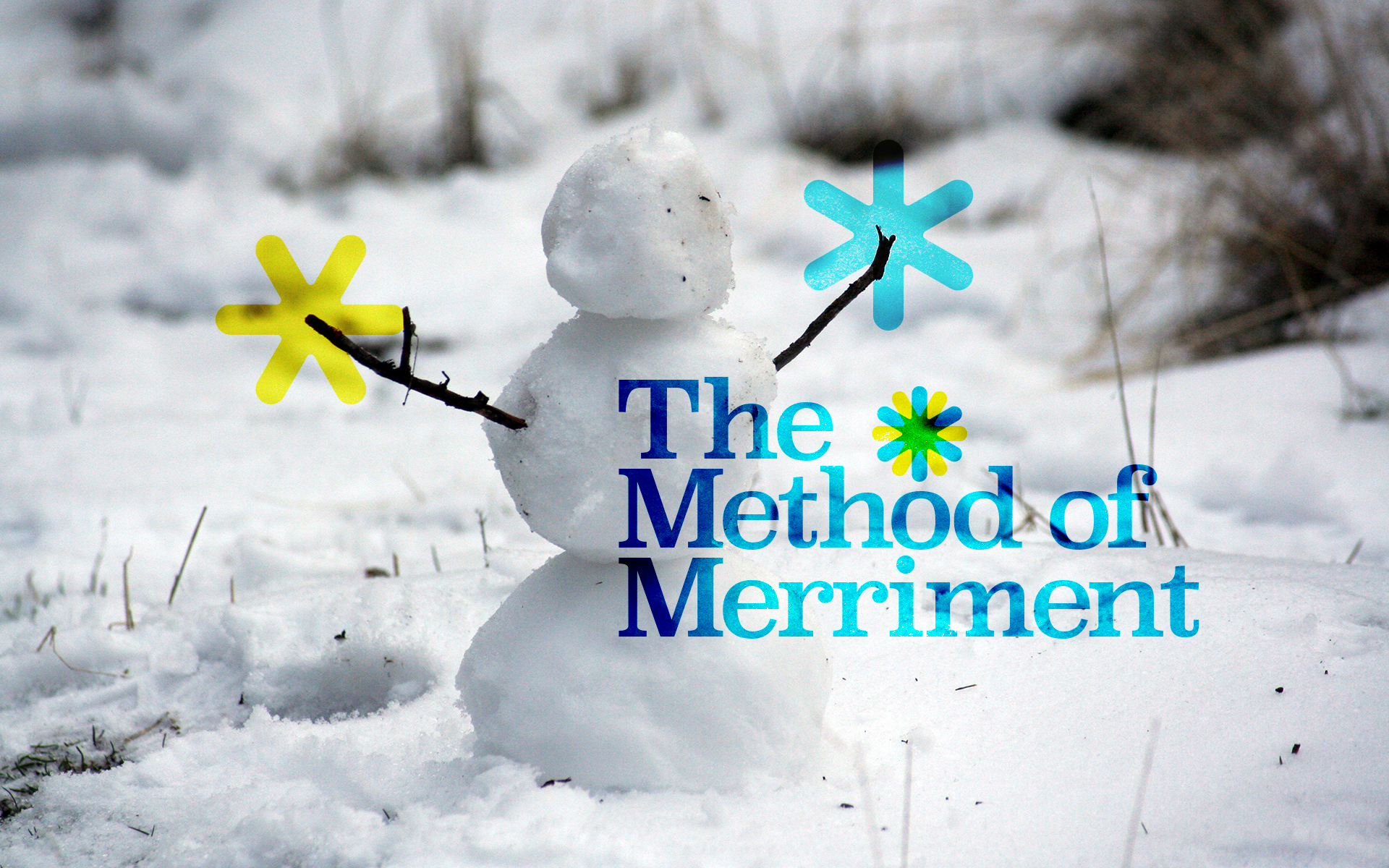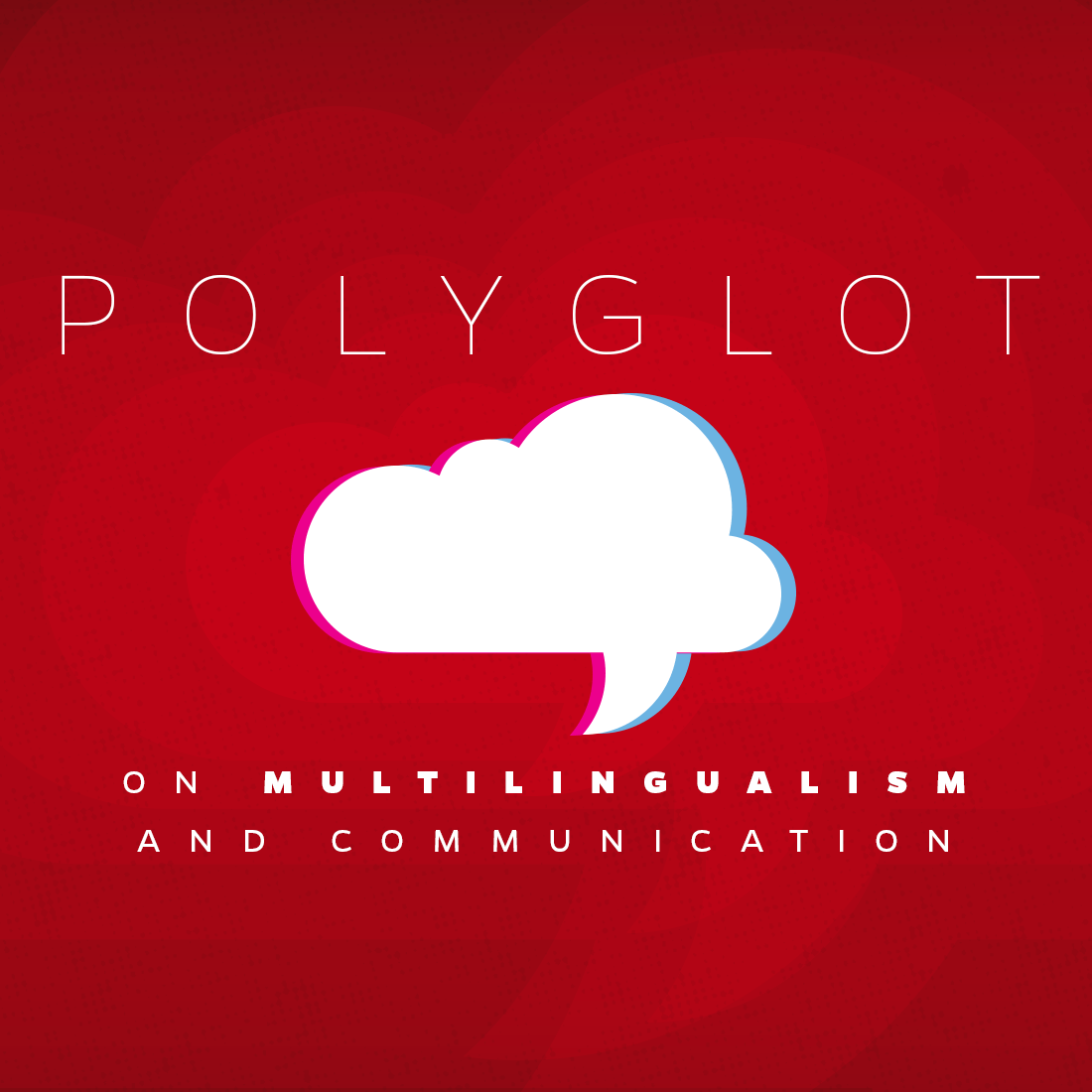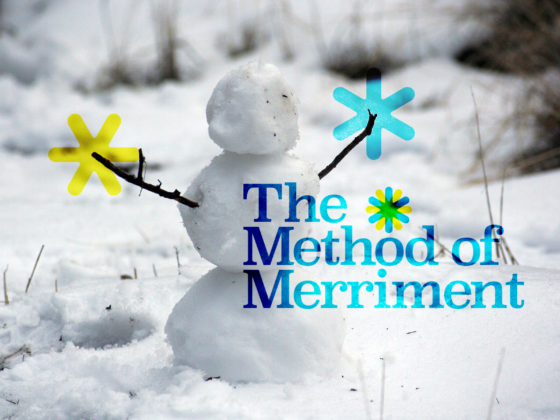JOE MADSEN
To a common calendar, Christmas is another holiday. To cinema, however, Christmas is an entire genre. Like the music, food, decor, and woolly attire, Christmas films have become a fixed yuletide tradition. What’s Christmas, for instance, without a Hallmark tearjerker about a career woman in a small town who reluctantly falls for a warm-hearted mechanic whose nephew’s mother is dying of a broken heart and can only be saved by St. Nick disguised as a homeless janitor? Without these B-grade stories served over eggnog, holly jolly Christmas wouldn’t be so holly jolly, and beyond these TV features, major holiday films have become their own tradition, too. The Christmas blockbuster didn’t happen by mistake, after all. Watching hits like It’s a Wonderful Life, for example, is a rite of passage at Christmas time in America, and like other genres, they reflect not just changes in film but in American culture from World War II onward. Let’s take a look at Christmas classics from the American canon, from the 1940’s to the modern era. These standards tell specific stories, but together they tell another story, of America through its winter festivities. Though decked in Noel innocence, no sides of American life, from commercialism to war, escape the Christmas classics.
It’s a Wonderful Life trailer | Source: © YouTube Movies/YouTube
The 1940’s formed a pinnacle in 20th-century history. With a mid-decade victory for the Allied forces of World War II, history shows the U.S. entering the aftermath of battle and economic depression, a moment captured by the Hollywood classic It’s a Wonderful Life. Though its premiere met mediocre success, the film became an icon of Christmas cinema, perhaps the icon. George Bailey, the film’s struggling hero, finds himself on the brink of suicide, thinking all is lost, all his dreams destroyed and forgotten in a life devoted to helping others, until the angel Clarence lets him see what life would be like without George Bailey in it. He finds it would have been abysmal. Without his intervention, George Bailey’s world would have been hopeless. The parallel between the film’s plot and America’s emerging postwar narrative is striking, along with the Depression Era-wrought wisdom of appreciating what one has. Clarence allows George to understand self-worth, gratitude, courage, and a sense of justice. He reminds George that he’s a friend to a world in need, and these themes inform how America began to view itself in the wake of victory. Also importantly, this era looked to film as the monumental medium of the day, one that united and delighted the Greatest Generation through two tough decades with both entertainment and vital information, earning its own seat of honor in post-war glory. Framed by Christmas, it’s no wonder that It’s a Wonderful Life symbolized a nation’s sentiments.
It might also be the hope of war-worn parents that their children embody good qualities, the greatest qualities, so that none of the old struggles were in vain. What gentler way to express that hope than the innocence of a Christmas picture?
Film in the 1950’s projected the hopes of a nation in victory after war — that the surviving young veterans settle down and start happy families. This optimism didn’t escape Christmas-time movies, the strongest example being 1954’s White Christmas. The film opens on the German front, when during one Christmas night a private saves his captain’s life amid an unexpected melee, a succinctly pandered scene for a post-war audience. From there, the two men begin a friendship and return home where they start a successful career as Broadway producers in NYC. Naturally, it’s a musical, and naturally, it only gets better. Years later, they encounter a lovely pair of singing sisters whose musical act is taking them to the idyllic winter wonderland of Vermont. There resides, of course, their former commanding officer who owns a failing winter lodge, the new home of the ladies’ show, and the bold vets-turned-producers follow the women to support their show and support the major general. War heroes are honored, a small business is salvaged, songs are sung, war heroes marry blonde brides, and snow falls abundantly in the nick of time for Christmas. The camp is just unreal, but not insincere. Here in 2017, decades into the future, we can jeer at the sheer wide-eyed optimism. This side of 50’s culture plays absurdly naive because we can see the history since then — every triumph and tragedy that transpired from that age — and the idyllic picture of White Christmas becomes a laugh. Still, White Christmas packed the house. The film grossed more than any other picture that year, idealizing what Americans wanted for their lives and futures, and they made White Christmas the yuletide emblem of their brave new being.
White Christmas trailer | Source: © YouTube Movies/YouTube
Then something amazing happened. These postwar couples had kids — lots of kids — and lo and behold, the Baby Boomers. These cherubs were given the wishes of a generation that grew up in strife, and they became the focus of the new, bold, and daring America. Christmas cinema followed suit, and the holiday hits of the 1960’s and 70’s showed a younger fare. Classics like Rudolph the Red-Nosed Reindeer, Santa Claus is Coming to Town, The Year Without a Santa Claus, The Little Drummer Boy, Frosty the Snowman, and of course, A Charlie Brown Christmas won the hearts of an entire crop of kids. Even today’s tiny tots see their return in annual TV slots each December. Playful stop-motion and cartoon animation colored each classic, but these films were also joined by structure and theme. Each sees a character, or characters, gifted with independence, resilience, and self-starterism. Charlie Brown wouldn’t be our unlucky little hero if he didn’t tend to a scrappy Christmas tree despite his peers’ protests. Rudolph would never have helmed Santa’s sleigh had he surrendered to the shame of a shiny red nose. Even Kris Kringle, the daring boy in the St. Nick origin tale Santa Claus is Coming to Town, cuts a fine Robin Hood archetype, defying local laws to give toys to dejected children.
https://www.youtube.com/watch?v=gTq0LcGzB_Y
A clip from A Charlie Brown Christmas | Source: © Snoopy/YouTube
These bold role models didn’t happen by mistake. They made the lineup because they sported traits that parents wished for their children, for their America, and why shouldn’t their progeny be bold, brave, and charismatic? Why shouldn’t they have what victory in war promised? It might look a hefty weight to place on kids’ shoulders — a “difficult responsibility,” as the musical Kringle elves would sing — and perhaps that’s fair. It might also be the hope of war-worn parents that their children embody good qualities, the greatest qualities, so that none of the old struggles were in vain. What gentler way to express that hope than the innocence of a Christmas picture?
With the trappings of nostalgia, the stories become reflective and prime audiences for a wistful look at life along with the protagonists.
As Christmas moved into the 1980’s and baby boomers started families of their own, film culture began satirizing materialism. Political and economic turmoil in the 70’s gave way to booming wealth and new fiscal conservatism in the 80’s, and culture, of course, commented on the capitalism craze. The Christmas classics contributed, too. Films like Scrooged, A Christmas Story, and National Lampoon’s Christmas Vacation focused on material goods, showing foolish frontmen who, unlike George Bailey, are tortured with not having enough, not having perfection, and not having what others do. Through Christmas, however, and its charming levity, these films let America mock these concerns. They became digestible. Christmas cinema couldn’t portray oversaturated consumerism without a wink and nudge; it wouldn’t be welcome. So when Clark Griswold nears a mental breakdown over his failed Christmas lights, or when a leg-shaped lamp fascinates Mr. Parker, the ideal portrayed isn’t their ludicrous lives, but the ability to laugh at them.
Moving into the 1990’s, comedy isn’t lost on Christmas flicks, but the humor marries with emotional matters of displaced, dysfunctional, and unorthodox family structures. In an age of shifting social standards, from a new wave of feminism to higher divorce rates, film reflected the developments, in every genre including Christmas. Home Alone, Jingle All the Way, I’ll Be Home for Christmas, The Santa Clause, and Jack Frost showcase different aspects of disjointed family life. Divorce, workaholism, neglect, and estranged families populate each icon. In every classic, the protagonists manage to navigate their non-traditional circumstances with awkward starts but deftly handled finishes. In The Santa Clause, Tim Allen plays a recent divorcee who falls mistakenly into a new career as the man in red until he wins the heart of his estranged young son. Michael Keaton, similarly, plays a deceased father who comes back to life as a snowman in Jack Frost, spending one final Christmas with his son to redeem their strained past. These Christmas classics don’t eschew the issues of the day, but, true to genre, they wrap them up with a hopeful solution which, in turn, becomes a warm wish for America.
The Santa Clause trailer | Source: © Movieclips Trailer Vault/YouTube
21st-century Christmas cinema seems, at first, harder to thread. Films like the live-action How the Grinch Stole Christmas, The Polar Express, and Elf strike as standouts, and although they appear disparate, underlying themes string them together. For starters, each is a throwback. Grinch and Polar Express openly retell well-worn holiday standards. As for Elf, the retro nods play in the stop-motion characters and costuming akin to movies like the aforementioned Rudolph the Red-Nosed Reindeer and The Year Without a Santa Claus. These vintage trappings are platforms that become scaffolding for a larger theme: the emotional journey of the individual. With the trappings of nostalgia, the stories become reflective and prime audiences for a wistful look at life along with the protagonists. Moreover, this cultural age is where the individual experience becomes more valued, and Christmas films fall in line. They take heroes like the Grinch and Buddy the Elf and detail their lives with visceral feeling, vivid origin stories that depict the vulnerable individual. True to tradition, though, Christmas imbeds a sense of hope in each character, finishing sad beginnings with resolved, hopeful conclusions.

Source: Giphy
So why does it matter anyway, to look at these Christmas films across the ages? Well, the phenomenon seems to cover three pillars of culture: America, film, and the holiday season itself. Each era engages both the country and the art form as Christmas lights up the union with hopeful resonance. The season stakes ideal claims in American cinema, establishing not only a genre, but a vibrant tradition. Americans tell their history each year in the ritual watching of these classics, and with the sweetly embellished comfort of Christmas storytelling, they can hear the narrative with ease. Call it optimism. Call it willful naiveté. Whatever the name, it’s part of playing the tradition, and without it, Christmas film — or even Christmas — wouldn’t be what it is, at least not to Americans.





